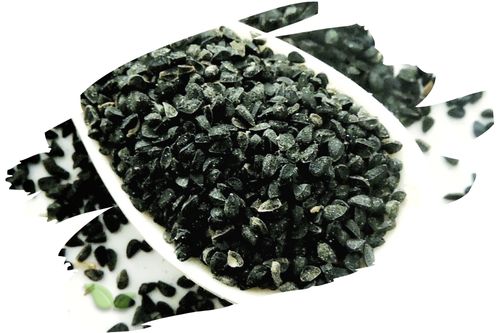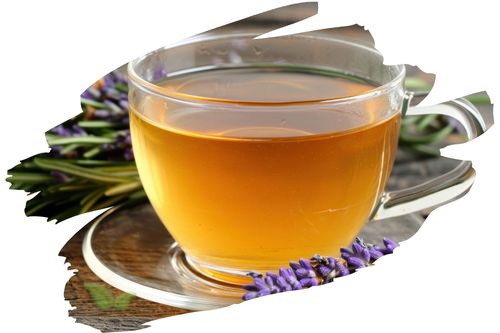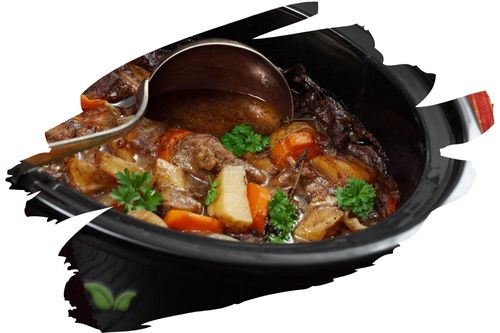
Spices are an essential part of cooking and have been used for thousands of years to add flavor and aroma to dishes. There are numerous spices available, with new ones being discovered and added to the list every day. However, it is challenging to give an exact number of how many different spices there are as it varies from culture to culture and region to region.
According to some estimates, there are over 100 different spices commonly used in cooking around the world. These spices come from different parts of plants, such as roots, stems, seeds, fruits, and flowers. Some of the most commonly used spices include cinnamon, ginger, black pepper, cumin, coriander, nutmeg, and cloves.
There are also lesser-known spices that are used in specific cuisines, such as asafetida in Indian cooking, epazote in Mexican cuisine, and grains of paradise in West African dishes. Some spices have even been used for medicinal purposes for centuries, such as turmeric, which has anti-inflammatory properties.
Aside from individual spices, there are also spice blends and mixtures used in different cultures. These blends are made up of several different spices and herbs in varying proportions, resulting in unique flavor profiles. Some examples of spice blends include curry powder, garam masala, ras el hanout, and Chinese five-spice.
Moreover, the use of spices can differ from culture to culture. For instance, Indian cuisine is known for its use of many spices, while European cuisine may focus on using fewer spices but in greater quantities. Additionally, some spices are considered staples in certain cuisines, while others are used more sparingly.
In recent years, there has been an increased interest in experimenting with new and exotic spices. This has led to the discovery of many lesser-known spices, and chefs around the world have begun incorporating them into their dishes to create unique and flavorful meals.
In conclusion, while it is difficult to provide an exact number, there are countless spices available in the world of cooking. Each spice has its own unique flavor and aroma, and when used in combinations or blends, can create complex and delicious dishes. Whether using traditional or lesser-known spices, incorporating them into cooking can elevate dishes and open up new culinary possibilities.
Alert: While spices can have many beneficial properties for health, using them for medical purposes should be done under the guidance and supervision of a healthcare professional or specialist. Some spices may interact with medications or cause adverse reactions in certain individuals, and it is important to use them safely and appropriately. If you are considering using spices for a medical condition, it is important to consult with a healthcare professional before doing so.




















































